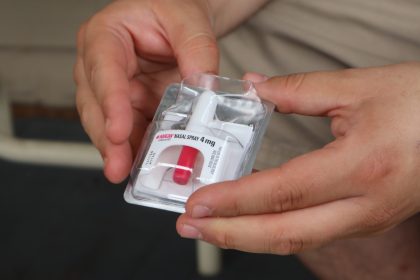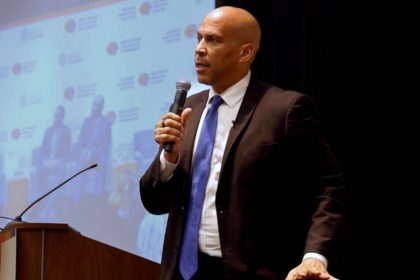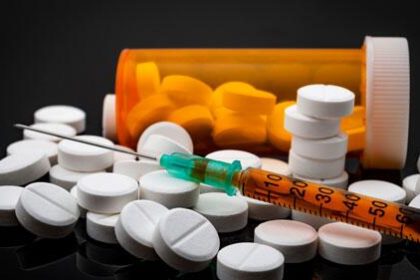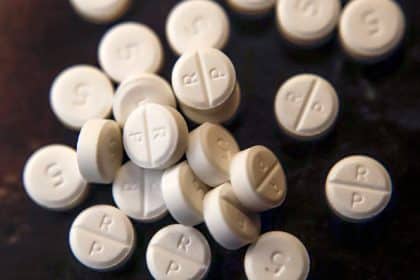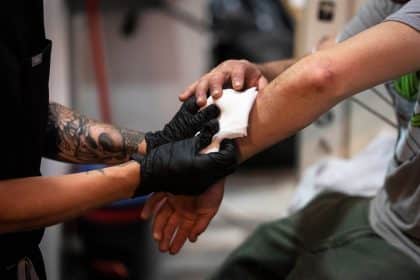CDC Awards $279M to 49 States, DC to Prevent Drug Overdoses
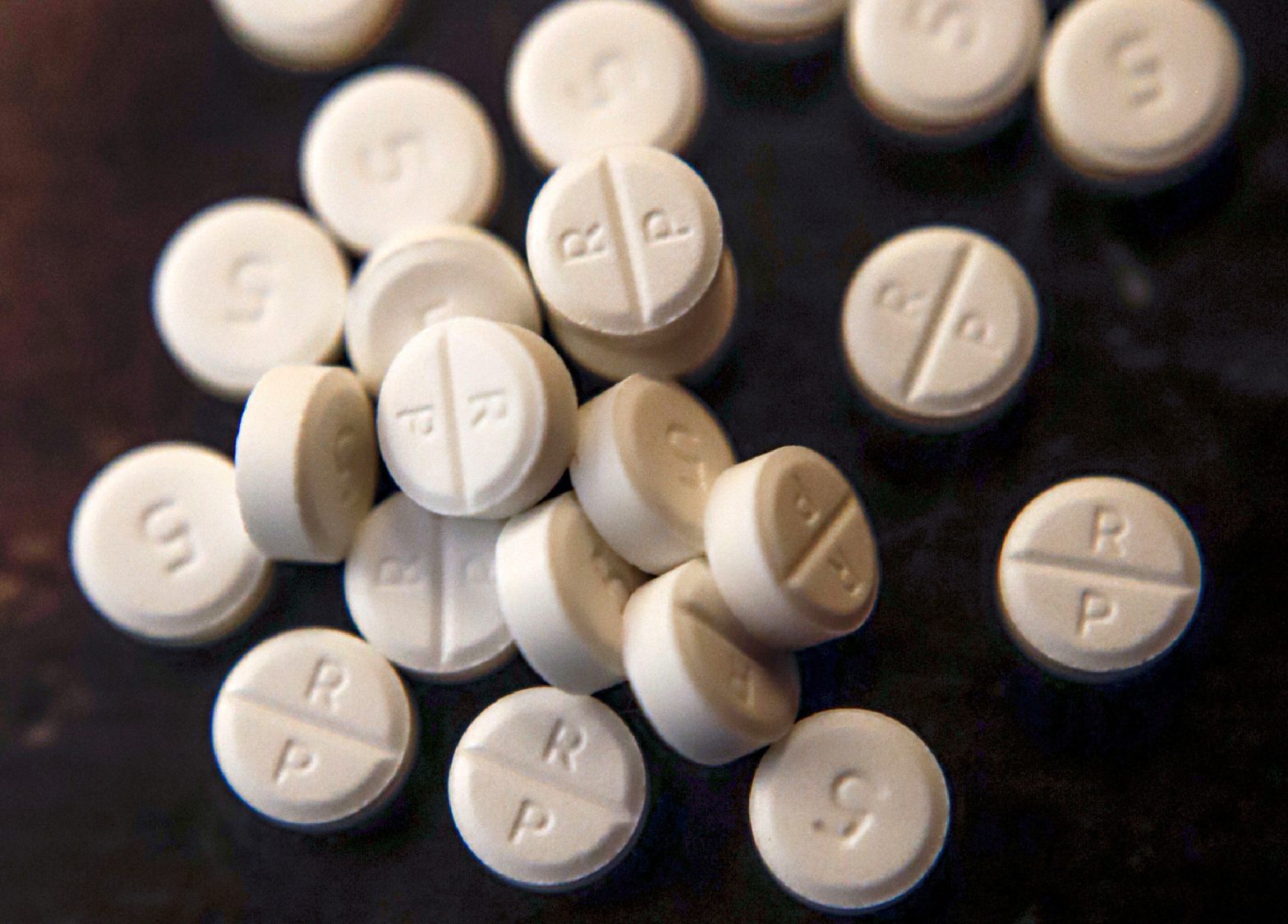
ATLANTA — The Centers for Disease Control and Prevention awarded $279 million to 49 states, the District of Columbia and 40 local health departments to help stem the tide of overdoses within their communities.
The agency announced the awards on International Overdose Awareness Day, a day to remember and grieve those who have been lost, take action to encourage support and recovery and help end overdose by spreading awareness about drug overdose prevention.
The money comes from two new Overdose Data to Action funding opportunities that are intended to fill a long-standing gap in funding for local communities by specifically supporting city, county and territorial health departments, CDC officials said.
“The growing overdose crisis ― particularly among young people ― requires urgent action,” said Director Dr. Mandy K. Cohen, MPH, in a written statement.
“To help, CDC is providing funding that will allow communities to respond more quickly, more effectively and more equitably — using data to drive action steps that reduce overdose deaths and related harms in communities as fast as possible,” Cohen said.
The funds will help states and communities respond more quickly, effectively and equitably to prevent overdose death and injury.
Changes in the illicit drug supply, the continued threats from illegal fentanyl and other synthetic opioids, a rise in stimulant use and the use of multiple drugs at one time are all making substance use deadlier than ever.
New information published in CDC’s Morbidity and Mortality Weekly Report, Drug Overdose Deaths with Evidence of Counterfeit Pill Use — United States, July 2019 – December 2021, shows a growing percentage of overdose deaths involving counterfeit-pill use.
These pills are especially dangerous because they typically appear as pharmaceutical pills but often contain illegally made fentanyl and illegal benzodiazepines (such as bromazolam, etizolam and flualprazolam) or other drugs, with or without people’s knowledge, officials said.
“The drug overdose crisis in the United States is constantly changing and complex and is claiming the lives of our parents, children, siblings, colleagues and friends,” said Grant Baldwin, Ph.D., MPH, director of the Division of Overdose Prevention at the CDC’s National Center for Injury Prevention and Control.
“CDC is committed to saving lives and to do this we must continue to provide our communities with the resources they need to stay ahead of and respond to this crisis,” Baldwin said.
According to the CDC, three things that can be done to prevent overdose deaths are:
- Increase access and reduce barriers to proven treatment and recovery support services for all people who have substance use disorder(s), like medications for opioid use disorder, and, when appropriate, include culturally tailored practices.
- Raise awareness about illegally made fentanyl and polysubstance use (the use of more than one drug) and reduce stigma around treatment, recovery and harm reduction.
- Support harm reduction by expanding the distribution of and education about the lifesaving opioid overdose reversal drug, naloxone, expand access to harm reduction services (e.g., distribution of naloxone, fentanyl test strips and syringe service programs, as allowable), and expand education about substance use risks in populations that have been disproportionately impacted.
Dan can be reached at [email protected] and at https://twitter.com/DanMcCue



















